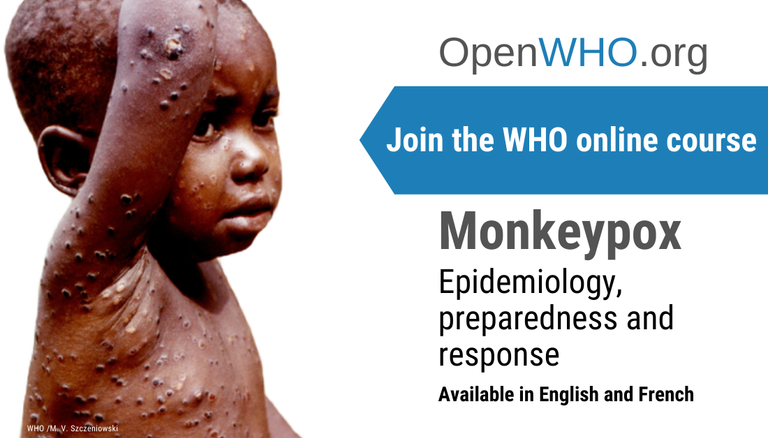Here we go again.
The latest deadly virus here to kill everyone.
Monkeypox
Get ready for more Lock downs.
Monkeypox Cases Rapidly Spreading In Europe, North America

Monkeypox virus is an orthopoxvirus that causes a disease with symptoms similar, but less severe, to smallpox. While smallpox was eradicated in 1980, monkeypox continues to occur in countries of Central and West Africa. Two distinct clade are identified: the West African clade and the Congo Basin clade, also known as the Central African clade.
Monkeypox is a zoonosis: a disease that is transmitted from animals to humans. Cases are often found close to tropical rainforests where there are animals that carry the virus. Evidence of monkeypox virus infection has been found in animals including squirrels, Gambian poached rats, dormice, different species of monkeys and others.
Human-to-human transmission is limited, with the longest documented chain of transmission being six generations, meaning that the last person to be infected in this chain was six links away from the original sick person. It can be transmitted through contact with bodily fluids, lesions on the skin or on internal mucosal surfaces, such as in the mouth or throat, respiratory droplets and contaminated objects.
Detection of viral DNA by polymerase chain reaction (PCR) is the preferred laboratory test for monkeypox. The best diagnostic specimens are directly from the rash – skin, fluid or crusts, or biopsy where feasible. Antigen and antibody detection methods may not be useful as they do not distinguish between orthopoxviruses.